Share the post "Is Texas Safe to Live? Discover the Lone Star State’s Crime, Health and Wealth"
Safety naturally comes to mind when considering a move around Texas or to. Let’s peel back the layers to determine if Texas is safe to live in. Texas’ size and diversity make it a complex state so there’s much to consider with crime, natural disasters, wildlife, and health care.
We will compare Texas safety to that of other states. Texas has a diverse culture and many economic opportunities, but we must weigh these against safety concerns. Public health, traffic, crime, and severe weather are important to our research.
We will discover the truth about safety in Texas to understand the big picture. We’re analyzing statistical data, personal anecdotes, and expert opinions. Providing you with the information you need to make an informed decision about your safety in the great state of Texas.
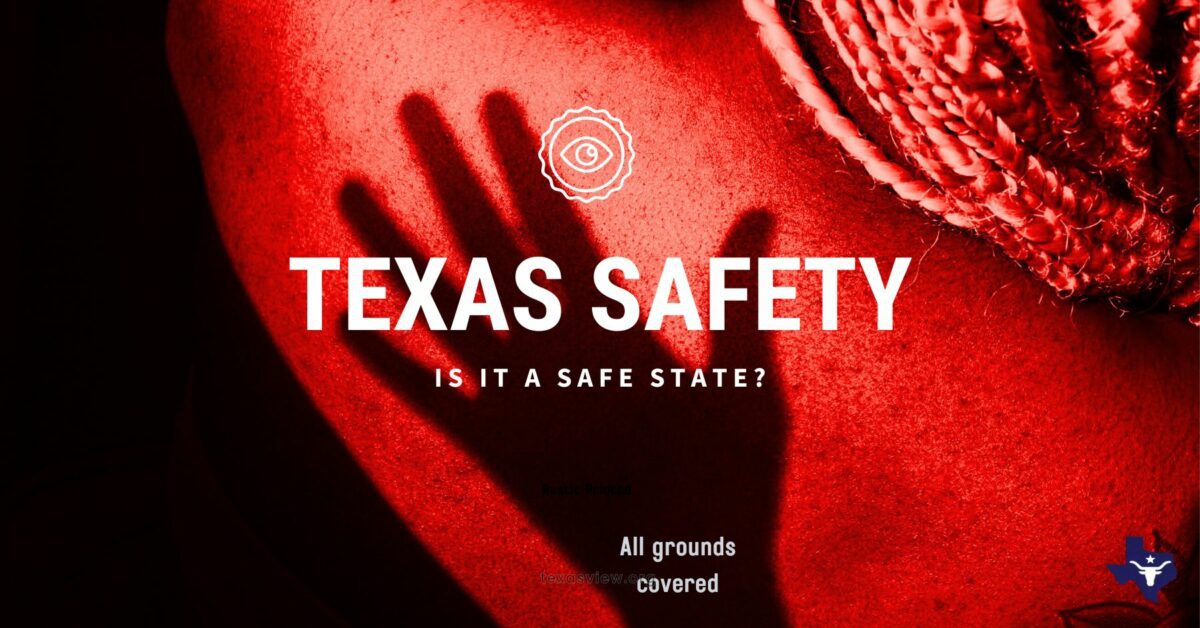
- An Overview of Texas Safety
- Natural Disasters in Texas
- Health and Medical Facilities
- Economic Stability and the Job Market
- Education and school safety
- Transportation and infrastructure
- Recreational and Cultural Amenities
- Housing and community life
- Political climate and legislation
- Future Outlook for Texas
An Overview of Texas Safety
We’re shedding light on what it means to call Texas home in terms of safety, looking keenly at where we stand on national safety rankings, and delving into the latest statewide crime statistics.
National Safety Rankings
Recent studies have highlighted Texas’ position on the safety scale, with some findings showing us among the less safe states when comparing various safety parameters. WalletHub’s study, incorporating numerous metrics such as crime rates and natural disaster risk, placed Texas in a challenging spot nationally.
Statewide crime statistics
Texas isn’t all about cowboys and rodeos when it comes to the law. Specific numbers tell us a real story. For instance, certain areas in Texas have remarkably low crime rates, with cities like Bellaire and Lago Vista joining the top ranks of safe cities. It’s impressive that the top 13 safest cities reported zero murders, and in the top 50, fewer than 2 violent crimes per 1,000 people were reported.
Crime Rates Compared
The crime rate in Texas is comparable to the national average. In terms of violent crime, Texas has a rate of 4.32 per 1,000 residents, slightly higher than the national median of 4.
Property Crime
When it comes to property crime, Texas has a rate of 23.00 per 1,000 residents, also slightly higher than the national median of 20.
Overall, Texas has a total crime rate of 27.32 per 1,000 residents, which is in line with the national average. It’s important to note that crime rates can vary significantly within different cities and regions of the state.
Crime Rate Per City
Here is an overview of the total crime rates per 1,000 residents for each city:
- Houston: 50.1
- San Antonio: 33.7
- Dallas: 46.5
- Austin: 24.1
- Fort Worth: 38.2
- El Paso: 21.5
- Arlington: 27.2
- Corpus Christi: 39.5
- Plano: 13.2
- Laredo: 14.4
These crime rates reflect the total number of reported crimes (violent and property crimes) per 1,000 residents in each city. It’s important to note that crime rates can vary within different neighborhoods of each city.

Natural Disasters in Texas
In Texas, it’s essential for us to understand the climate and weather phenomena that pose challenges to our safety. Let’s explore the frequency, impact zones, and strategies for disaster preparedness.
Frequency of Occurrences
We have witnessed a significant number of natural disasters, each with varying degrees of impact. From fierce tornadoes to devastating hurricanes, Texas is no stranger to natural disasters. The state also experiences its fair share of floods and the scorching heat of droughts. These events can occur with regularity throughout the year, putting us on constant alert.
Areas most affected
Certain areas within our state are more susceptible to specific disasters. For example, the Gulf Coast bears the brunt of hurricanes, while tornadoes roam more frequently through the North Texas plains. Our major cities, such as Houston and San Antonio, lie in Flash Flood Alley, making them vulnerable to sudden and severe flooding. Flooding is the most common and deadliest natural disaster in the state.
- Tornado Alley: North Texas
- Hurricane Zones: Gulf Coast
- Flash Flood Alley: Central Texas Cities
Preparation and Response
Our community’s safety hinges on robust preparation and response plans. Texans bolster their homes against hurricanes, create evacuation plans, and stay informed with the latest weather updates. Guidance on disaster preparedness is widely available, equipping us with the knowledge to act swiftly during emergencies. We also take pride in our strong community spirit, often coming together to aid in recovery and rebuilding efforts post-disaster.
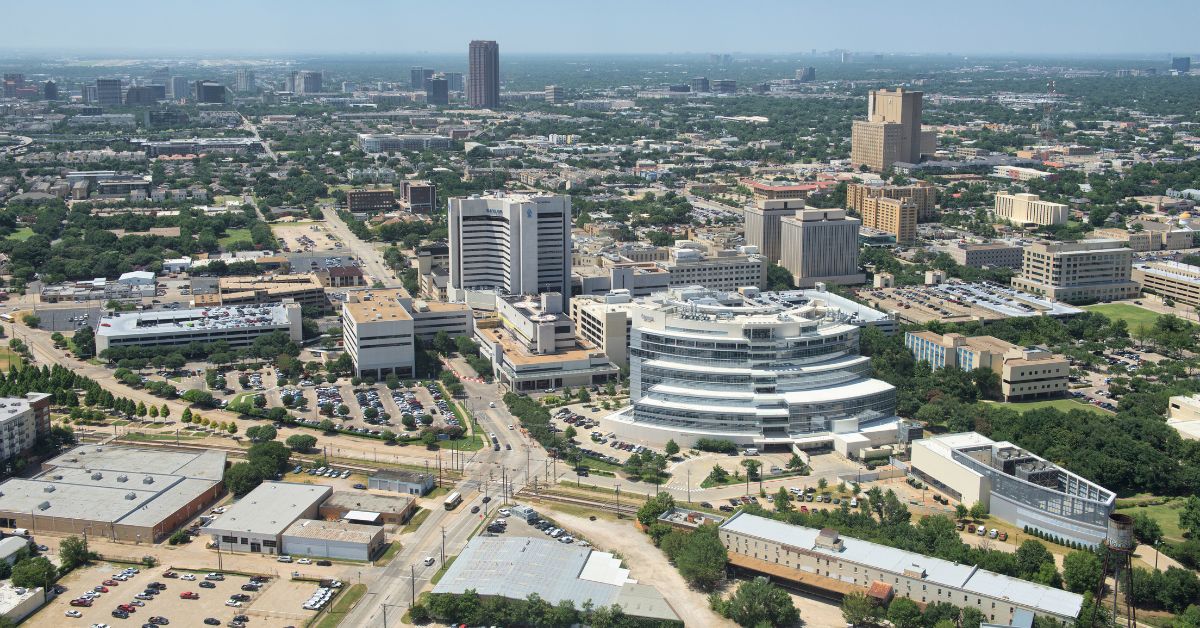
Health and Medical Facilities
In Texas, we’re proud to say that the vast landscape of health and medical facilities is robust and diverse, ensuring communities have access to essential healthcare services. Let’s explore what makes Texas stand out in the realm of healthcare accessibility and service quality.
Access to healthcare
We have a multitude of hospitals and clinics scattered across our vast state, from bustling city centers to quieter rural areas. Whether you’re in need of urgent care or seeking a routine checkup, our state is equipped to serve your needs. Texas medical facilities are following the regulations put forth with the intention of catering to emergencies and considering patient well-being judiciously.
- Urban Areas: High density of hospitals and clinics
- Rural Outreach: Strategies in Place to Increase Healthcare Reach – Although there are concerns
Quality of Medical Services
Texas prides itself on the quality of its medical services, with state-of-the-art hospitals that often house specialized treatment centers. These institutions are well-equipped and staffed with qualified professionals ready to deliver top-notch care. Our commitment to maintaining high standards in the healthcare system ensures that residents and visitors alike can trust that they’re receiving excellent medical attention when it matters most.
- Specialized Care: Facilities with cutting-edge technology
- Professional Staff: Highly trained medical personnel are at your service.
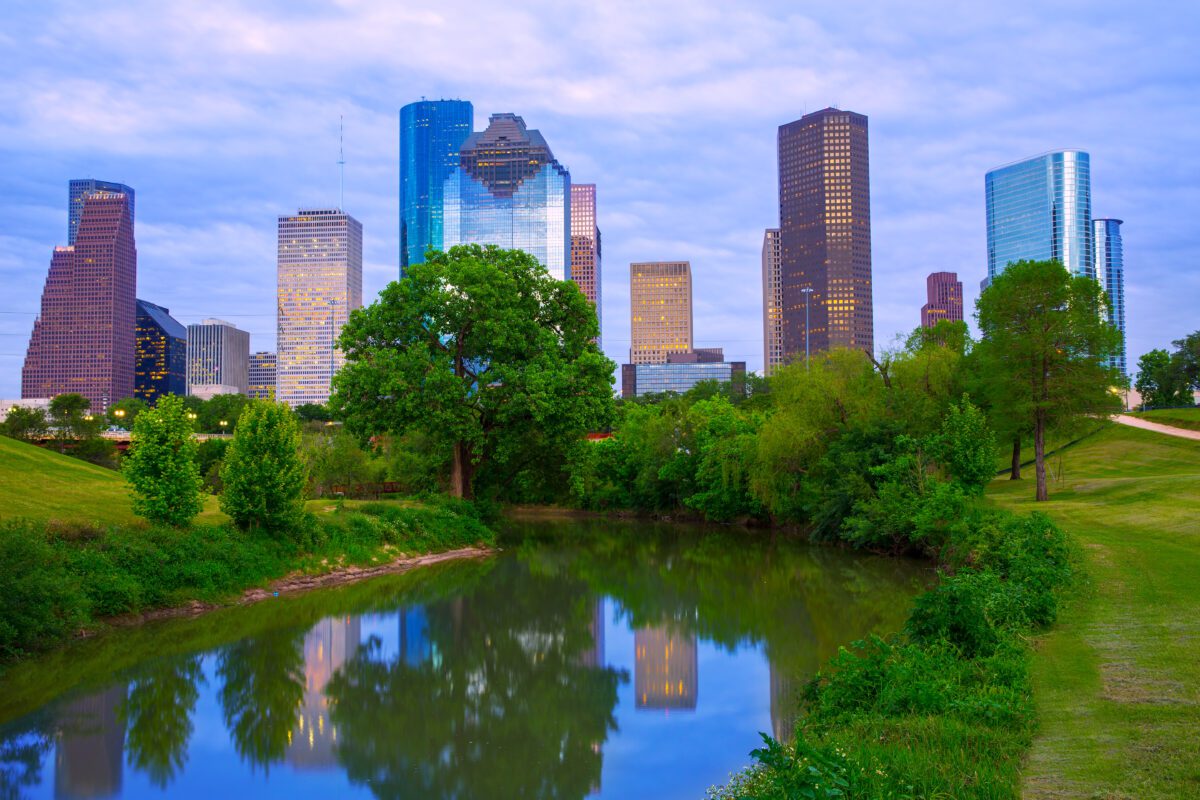
Economic Stability and the Job Market
We’re witnessing an economic landscape defined by robust growth and diverse job opportunities. Our state is a beacon of employment prospects that outpace much of the country.
Employment Opportunities
Texas is renowned for its vibrant job market, which is continuously expanding at a rate that eclipses the national average. This growth is evident from the fact that Texas has added a substantial number of nonfarm payroll jobs, marking a 5% increase. With such a surge, it’s clear we’ve not only recovered from the pandemic’s impact but also paved the way for new opportunities across various sectors.
- Tech: expansion of tech hubs in cities like Austin and Dallas.
- Energy: continued dominance in traditional sectors such as oil and gas.
- Healthcare: growth in medical services and research institutions.
Cost of Living
We take pride in the fact that in Texas, a balance between earnings and expenses is more achievable compared to many other states. Despite the presence of large, bustling cities like Dallas, where the population is roughly 1.3 million, the cost of living remains competitive. In fact, homes in many parts of Texas can be more affordable than in other areas with comparable economic growth, allowing our residents to enjoy a higher standard of living.
Economic table for Texas showcasing some key economic indicators:
| Indicator | Value |
|---|---|
| Gross Domestic Product (GDP) | $1.9 trillion (2020) |
| GDP Growth Rate | 7.5% (2021) |
| Unemployment Rate | 4.2% (December 2021) |
| Labor Force Participation Rate | 62.3% (December 2021) |
| Median Household Income | $64,034 (2019) |
| Top Industries | – Energy (Oil and Gas) |
| – Technology | |
| – Healthcare | |
| – Aerospace and Defense | |
| – Agriculture and Livestock | |
| Largest Employers | – ExxonMobil |
| – Walmart | |
| – H-E-B | |
| – Dell Technologies | |
| – American Airlines | |
| Major Exports | – Petroleum and Coal Products |
| – Computer and Electronic Products | |
| – Chemicals | |
| – Machinery | |
| – Transportation Equipment | |
| Major Imports | – Machinery |
| – Electrical Machinery, Equipment | |
| – Vehicles | |
| – Mineral Fuels and Oils | |
| – Plastics | |
| State Taxes | – Sales Tax (6.25% state rate) |
| – No state income tax | |
| – Property Tax | |
| – Franchise Tax |
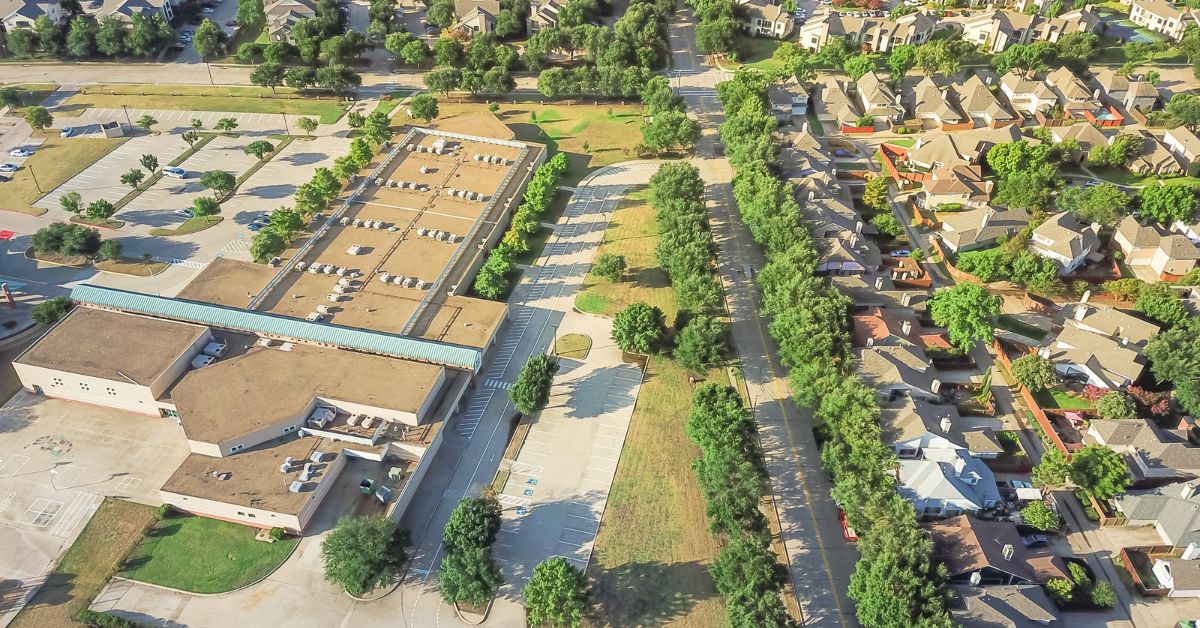
Education and school safety
Texas, is committed to providing a safe, high-quality educational environment. The focus extends to ensuring academic excellence while implementing rigorous campus security measures.
Academic Performance
Students routinely outperform their peers in key areas, reflecting our dedication to educational success. For instance, improved proficiency in mathematics and reading has been a consistent trend, emphasizing the effectiveness of our educational strategies.
Campus Security Measures
Schools have instituted several sweeping safety measures, such as mandating an armed security officer on every campus. Additionally, they have to comply with creating robust active-shooter plans, demonstrating our proactive stance on school security. With these comprehensive security protocols, Texas is taking definitive steps to safeguard our educational institutions.
| Indicator | Value |
|---|---|
| Number of School Districts | Approx. 1,200 (including charter districts) |
| Number of Public Schools | Over 8,700 |
| Number of Private Schools | Over 1,400 |
| Number of Higher Education Institutions | Over 200 (including universities and colleges) |
| Public School Enrollment (Pre-K to 12) | Approximately 5.5 million |
| Number of Teachers | Approximately 350,000 |
| Student-Teacher Ratio | Varies by district and grade level |
| Graduation Rate (High School) | 89.0% (2019-2020) |
| Percentage of Population with Bachelor’s Degree or Higher | 31.8% (2019) |
| Average Annual College Tuition (Public Four-Year Institutions) | Approximately $10,000 (in-state tuition, excluding fees and other expenses) |
| Average Annual College Tuition (Private Four-Year Institutions) | Approximately $35,000 (excluding fees and other expenses) |
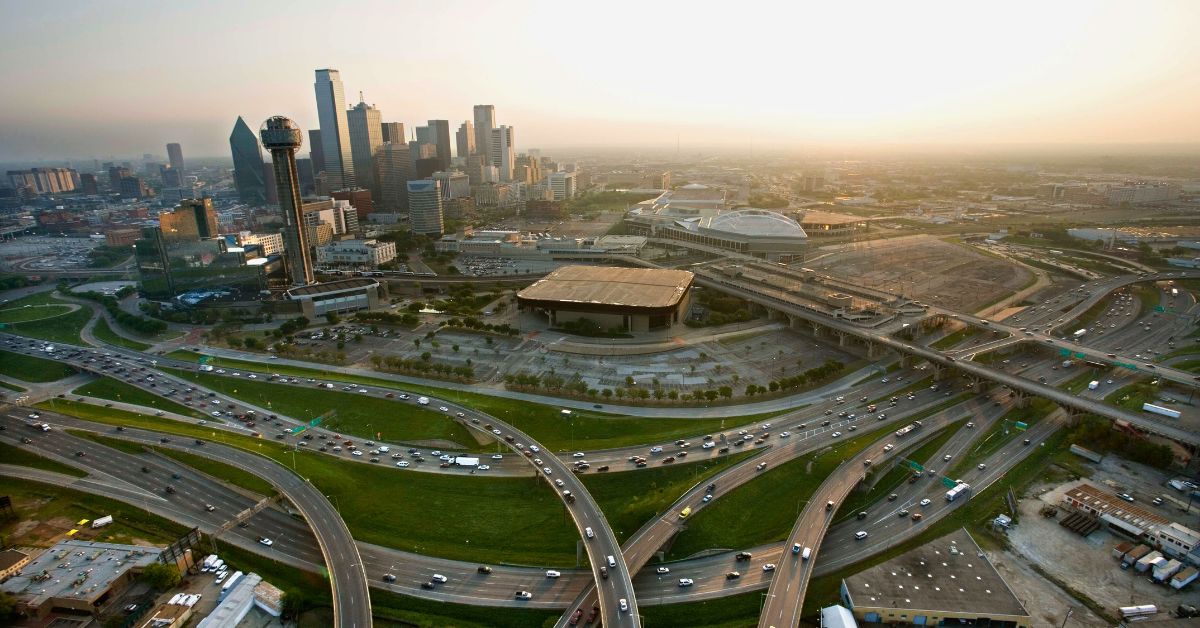
Transportation and infrastructure
In Texas, it’s impossible to overlook how transportation and infrastructure effectively support our daily lives. Let’s dive into the specifics of road and highway safety, along with the public transit options that shape the Lone Star State’s connectivity.
Road and highway safety
Texas has extensive network of roads and highways, with continuous efforts to enhance safe travel for us all. The White House estimates show that Texas will receive about $35.44 billion over five years for improvements to roads, bridges, and more. Safety measures are ever-evolving, with strategic planning that prioritizes the reduction of traffic congestion and vehicle accidents, allowing us to travel with peace of mind.
Public Transit Options
Texas is expected to receive more than $3.4 billion to enhance public transit systems across the state. Major cities offer a variety of public transportation services, from buses and light rail systems to bike-share programs. For us, this translates to greener, more efficient ways to get around, reducing our carbon footprint while still getting to destinations on time.
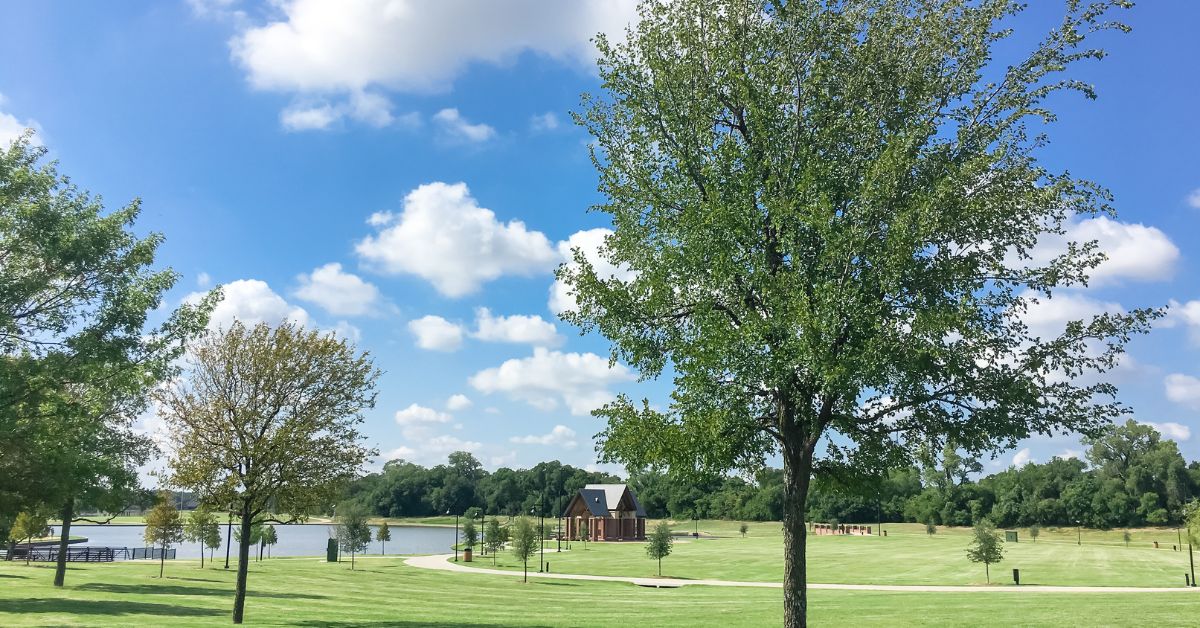
Recreational and Cultural Amenities
Safety needs to be contrasted with places of peace and recreation. As we explore the dynamic landscape of Texas, there’s a treasure trove of recreational and cultural gems that offer us a vibrant lifestyle unmatched in its diversity and excitement.
Outdoor Activities
We can revel in hiking through the rolling hills of the Hill Country, where trails like those in Enchanted Rock State Natural Area invite us to connect with nature. Water lovers among us flock to the Gulf Coast to soak up the sun or surf the waves at beaches like Galveston Island. For an unforgettable outdoor experience, many of us enjoy the splendor of Big Bend National Park, an environment famed for its stunning vistas and hiking opportunities.
Cultural Diversity and Events
We have a rich tapestry of cultures that infuse Texas with a unique vibrancy. Cities across the state host a myriad of cultural events, from the world-renowned Houston Livestock Show and Rodeo that celebrates our western heritage to the San Antonio Fiesta that honors the history and culture of Alamo City.
The food scene is equally eclectic, featuring everything from traditional Tex-Mex and barbecue to international cuisine. It’s our joy to celebrate the arts at institutions like the Dallas Museum of Art or the live music venues of Austin, often referred to as the “Live Music Capital of the World.”
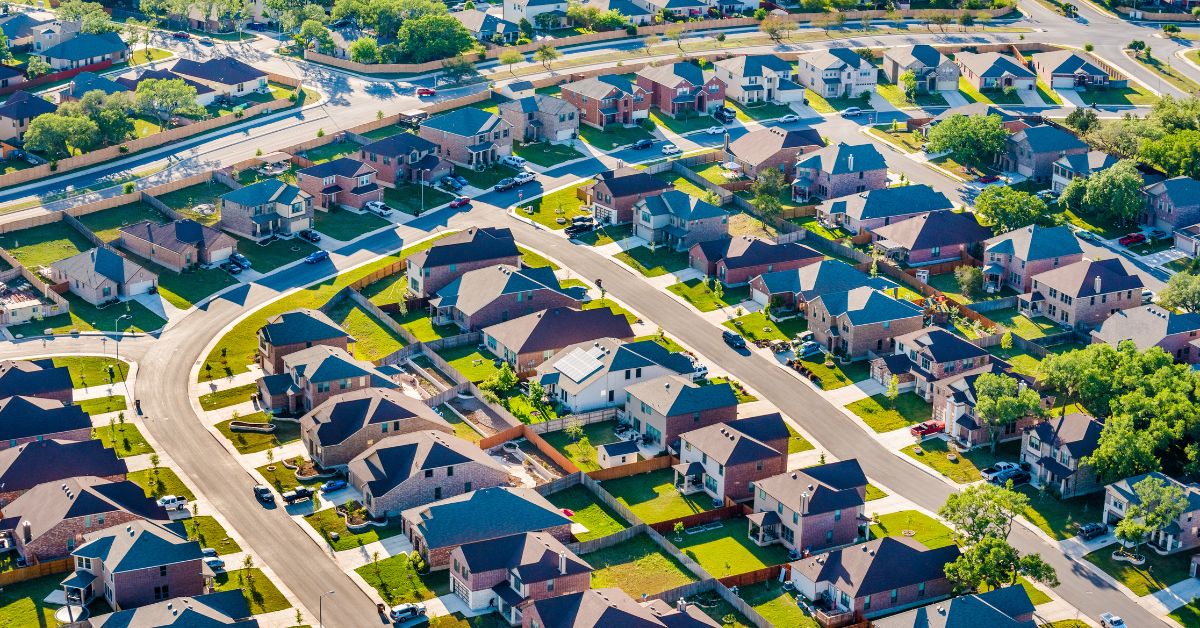
Housing and community life
We explore the heart of what makes Texas not just a place to live, but a place to thrive. In our vibrant communities, the emphasis on neighborhood safety and the spirit of engagement are truly what set the Lone Star State apart.
Neighborhood Safety
Safety is a top priority for us in Texas. We take pride in our vigilant neighborhood watch programs, ensuring a watchful eye over our streets and homes. In many communities, well-lit public areas and regularly patrolled streets contribute to a sense of well-being. The presence of security features like surveillance cameras and neighborhood crime reports keeps us informed and proactive about safeguarding our homes and loved ones.
Community Engagement
We excel at building strong, interconnected neighborhoods. Community centers and open spaces serve as hubs of social connection and activity. We see a mix of annual festivals, local markets, and community gatherings that not only keep us entertained but also foster a palpable bond among residents. This engagement encourages a ‘look out for each other’ mentality that is pivotal to maintaining our high living standards and mutual support systems.
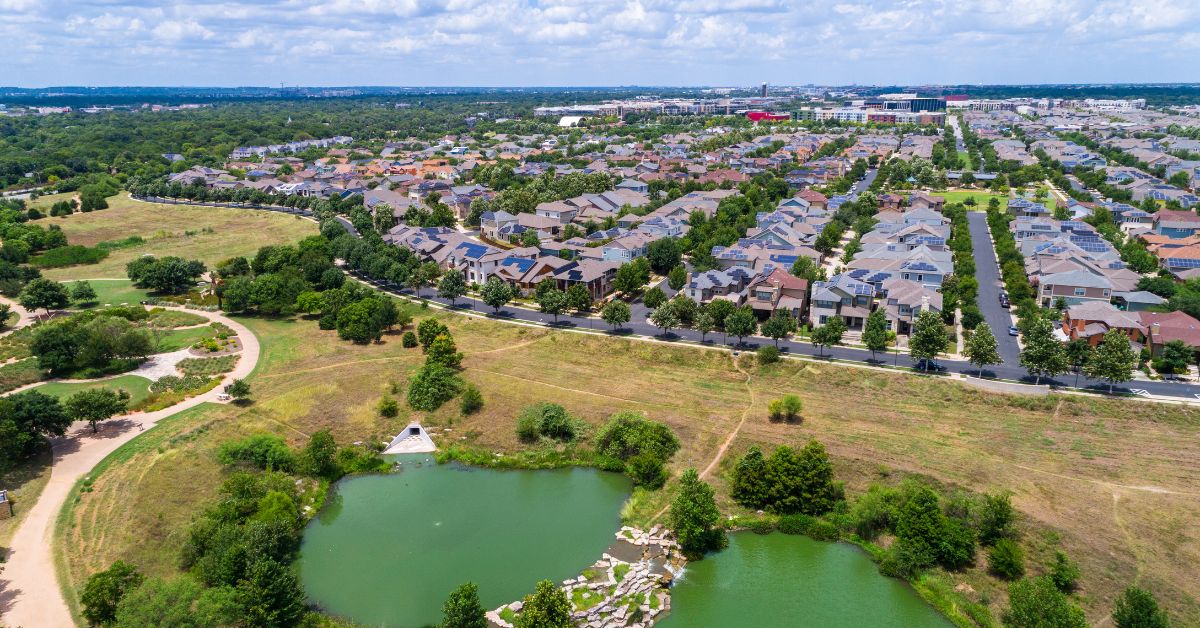
Political climate and legislation
In Texas, we witness a dynamic political atmosphere, often reflecting the staunchly independent spirit of our state. Legislative decisions are informed by deep-rooted values of autonomy and economic growth. Let’s peel back the layers of Texas legislation and its impact on our lives here:
- Energy Laws: We’re the nation’s leader in energy production, and our legislators often pass policies supporting the industry’s growth. That includes incentives for oil and gas development, which can be a double-edged sword, affecting both our economy and environment.
- Environmental Policy: Our response to climate change is a hot topic. Some of our leaders have been criticized for climate denial. Yet, it’s essential to note that Texas is also a giant in wind energy, balancing our energy portfolio.
- Voting Regulations: There’s a debate on voter laws, with some arguing they ensure election integrity and others claiming they limit accessibility. We’ve seen legislation that critics say may impede climate action by affecting voter turnout.
- Healthcare and Taxes: Texas tends to favor fewer regulations on healthcare and low taxes, as reflected by our legislators’ views and votes on federal policies.
As Texans, we cherish our legislative freedom, navigating through policies that shape our economic, environmental, and social spheres. The legislative landscape is ever-changing as we continually adapt and react to both local and national pressures. It’s this ongoing legislative dance that makes living in Texas a unique experience.
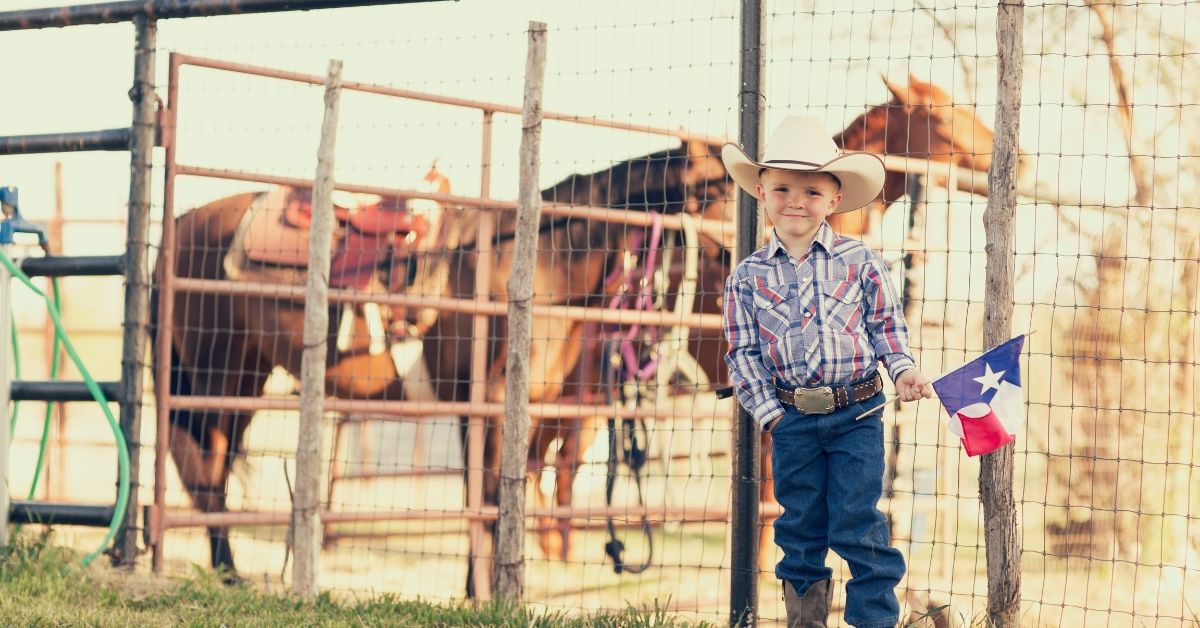
Future Outlook for Texas
As Texans, we’re looking ahead to a dynamic future. Our beloved Lone Star State is poised for remarkable changes as we approach the decade’s end. With projections indicating a substantial population increase, we’re excited about the cultural and economic growth that comes with it.
We can expect our demographics to shift and expand, leading to more vibrant communities and a melting pot of ideas. Our cities are already being recognized for their safety, and ongoing efforts in this regard mean that future residents can look forward to peace of mind in Texas’ safest cities.
Here’s a quick glimpse at our future roadmap:
- Population Surge: Up to seven million more people will call Texas home by 2030.
- Economic Boom: Diversification in industries beyond traditional strongholds like oil.
- Climate Resilience: Plans in place for extreme weather preparedness to ensure prosperity under changing environmental conditions.
Our eyes are firmly set on the horizon, and we’re eager to welcome the changes that the future holds for Texas. The spirit of Texas is resilient and robust, and together, we’ll navigate towards a promising and secure future.
Share the post "Is Texas Safe to Live? Discover the Lone Star State’s Crime, Health and Wealth"
Christian Linden is a seasoned writer and contributor at Texas View, specializing in topics that resonate with the Texan community. With over a decade of experience in journalism, Christian brings a wealth of knowledge in local politics, culture, and lifestyle. He holds a Bachelor's degree in Communications from the University of Texas. When he's not writing, Christian enjoys spending weekends traveling across Texas with his family, exploring everything from bustling cities to serene landscapes.











